In South Korea, "privateeducation " includes extra classes and tutoring that take place outside of formal school hours, such as at cram schools, private classes, or with personal tutors. It is a system of education run by the private sector, outside the public school system, and often comes with high costs.
According to data released by the Ministry of Education and Statistics Korea on March 13, total spending on private education in 2024 reached a record high of 29.3 trillion won (about 514 trillion VND), up 7.7% from the previous year, while the number of students nationwide decreased by 80,000 to 5.13 million.
The rate of students participating in extra classes also increased, with 8 out of 10 children taking extra classes, with primary school students having the highest participation rate - 87.7%, followed by junior high school students with 78% and high school students with 67.3%.
The Korea Joongang Daily reported that the average monthly spending on non-public education per student increased by 474,000 won (about 8.3 million VND), up 9.3% from the previous year. For students who attend private tutoring, the figure rose to 592,000 won per month. Spending increased at all levels of education, with the highest figure for high school students, followed by middle school and elementary school students.
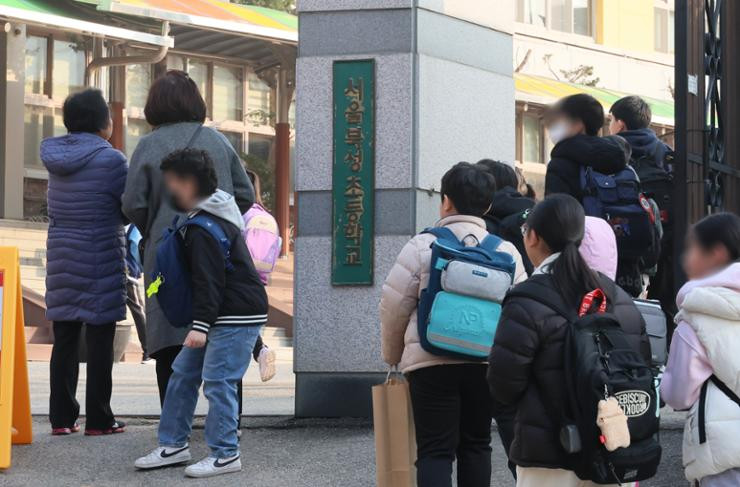
One notable trend is the sharp increase in spending on private tutoring in rural areas, with the average monthly spending per student increasing by nearly 15 percent, from 289,000 to 332,000 won.
Authorities say the increase is due to a growing trend of families wanting their children to attend medical school. The government’s expansion of medical school enrollment for the 2025 academic year, especially through programs that prioritize local applicants, has led many families to move to rural areas to qualify.
According to the Ministry of Education and the Council of Higher Education of Korea, the enrollment target for medical schools in Korea in 2025 is 4,610 students, of which more than 71% will be for medical schools in non-metropolitan areas. Of the 26 medical schools in these areas, nearly 60% will be accepted through the regional priority program, which has lower competition and entry standards than regular admission.
Income and regional differences in spending on private tutoring
Inequality in private education spending across income groups and regions in South Korea remains stark. Households with incomes above 8 million won per month spend three times more on private tutoring than households with incomes below 3 million won per month. While both income groups increased their spending on private tutoring, low-income households saw a 12.3 percent increase, compared to just 0.8 percent for the highest income group.
Regional gaps also widened. Students in Seoul spent the most on supplementary education, twice as much as students in South Jeolla Province.
Experts warn that this trend could exacerbate inequality between socio -economic groups, while increasing pressure in an already competitive school environment.
“The growing reliance on private education reflects lingering concerns about educational inequality and the pressure on students and their families to achieve academic success through expensive supplementary programs,” said Seol Dong-hoon, a sociology professor at Jeonbuk National University.
Trends in spending on extra tuition for preschool children
In a pilot survey of more than 13,000 children under the age of six, the Korean government for the first time officially collected and released data on the cost of non-public preschool education - the average monthly expenditure was 332,000 won. High-income families spent nearly seven times more than low-income groups.
According to The Korea Herald , this trend is mainly due to the need to learn English early. English-language kindergartens have the highest average tuition fees, up to 1.54 million won/month.
The survey also showed that nearly half of children under 6 years old study in private centers, with the rate increasing with age: 26.4% of children under 2 years old; 50.3% of 3-year-old children and 81.2% of 5-year-old children.
The South Korean government has pledged to address the problem by improving the quality of public education for young children, while also strengthening oversight of private educational institutions.
The country’s Ministry of Education has developed new English programs for 3- and 4-year-olds in kindergartens and nurseries, which will be rolled out nationwide this year. In addition, authorities have conducted inspections of private English language centers and plan to continue monitoring tuition fees.
However, education experts say that simply adjusting tuition fees or dealing with misleading advertising is not enough to reduce dependence on non-public education.
They warn that early private education could lead to increased spending on tutoring in elementary, middle and high schools, exacerbating South Korea's competitive learning environment.
"We need a comprehensive and long-term strategy to strengthen the public early education system to reduce dependence on private centers," an education ministry official said. "We plan to coordinate with local education offices to create a more balanced and accessible learning environment for children," he stressed.

Source: https://archive.vietnam.vn/chi-tieu-cho-hoc-them-cao-ky-luc-du-so-hoc-sinh-giam/


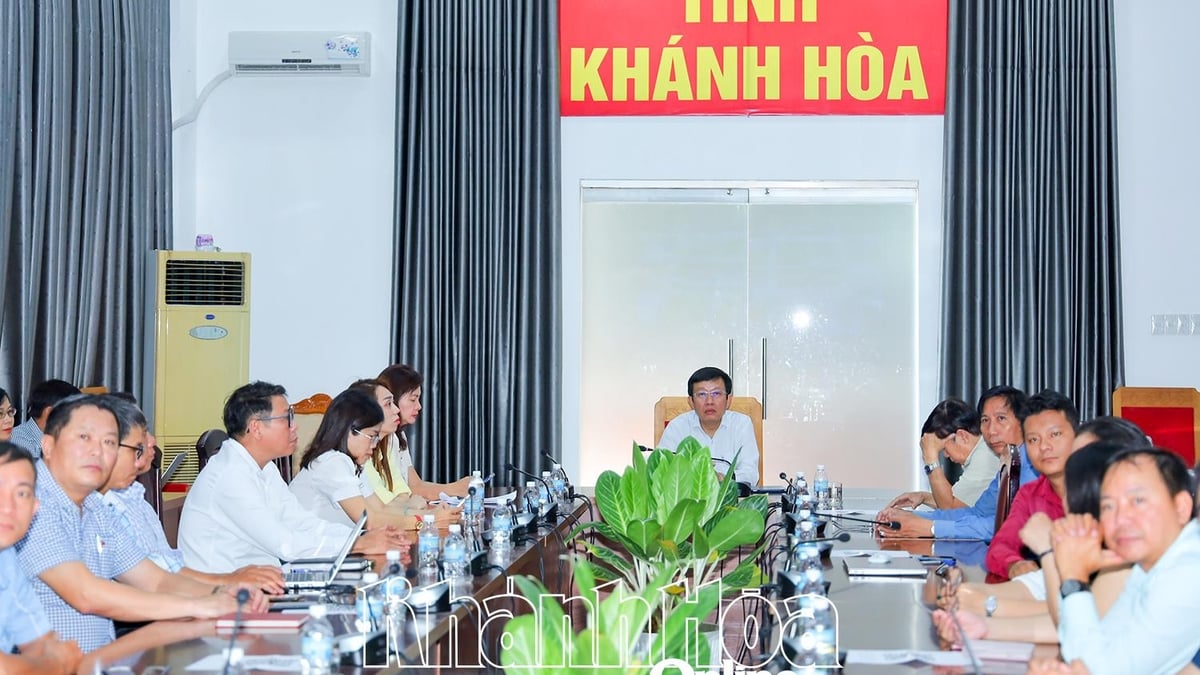
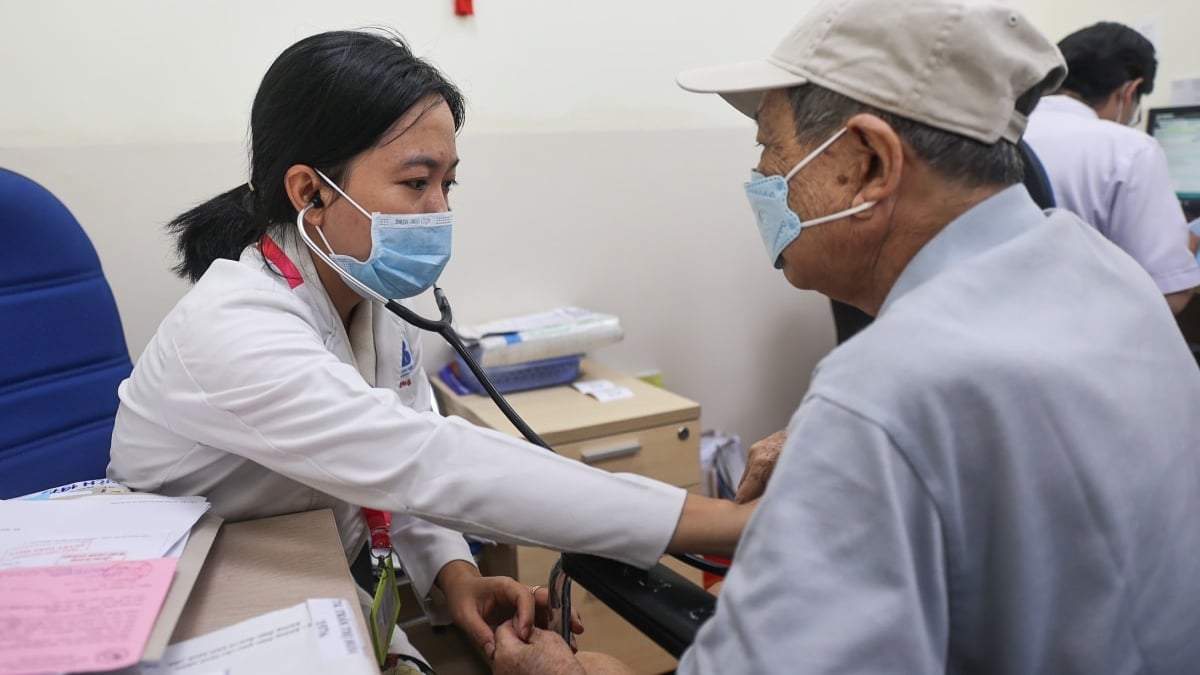
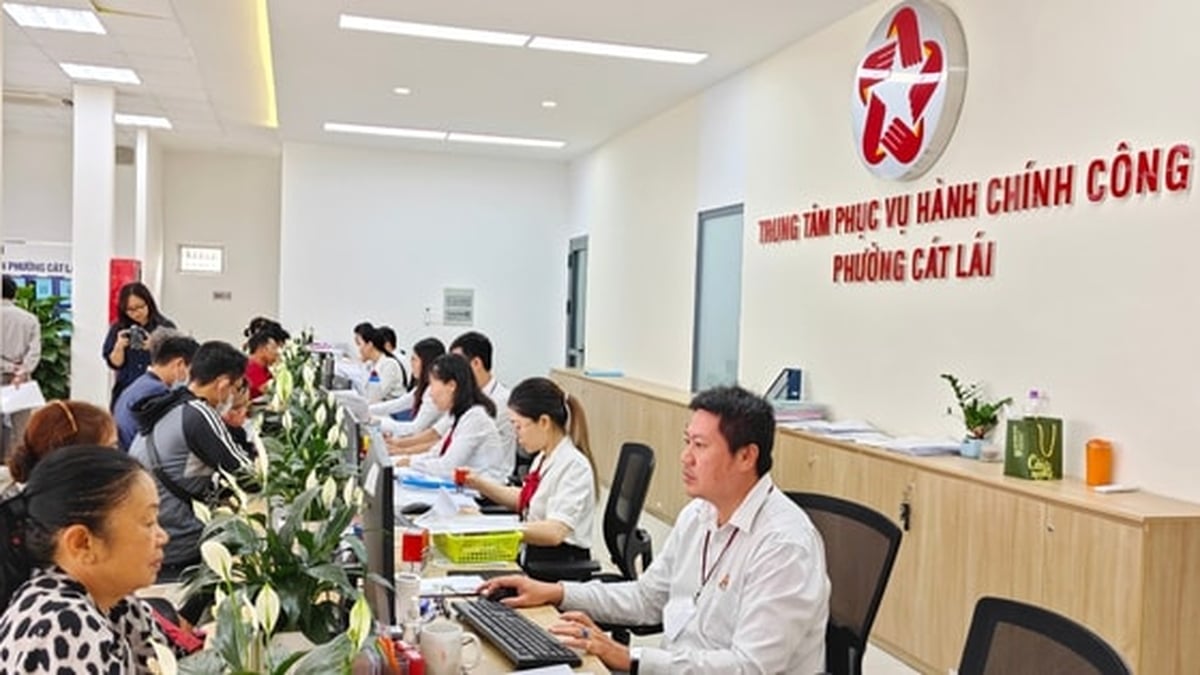
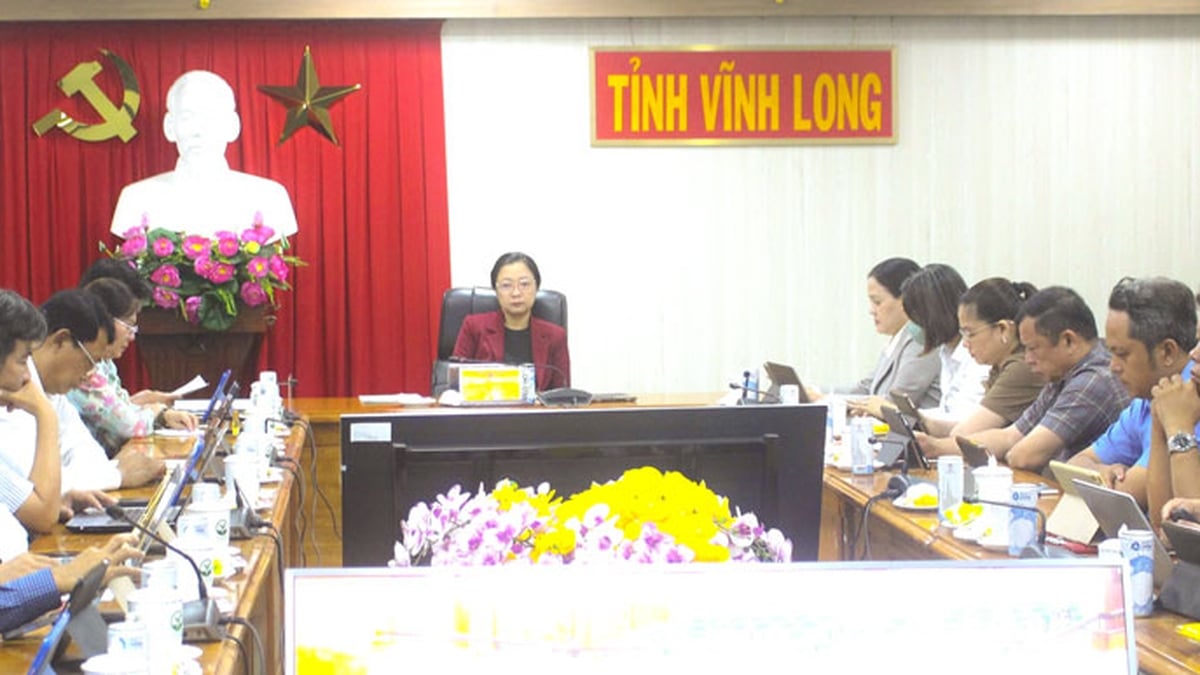
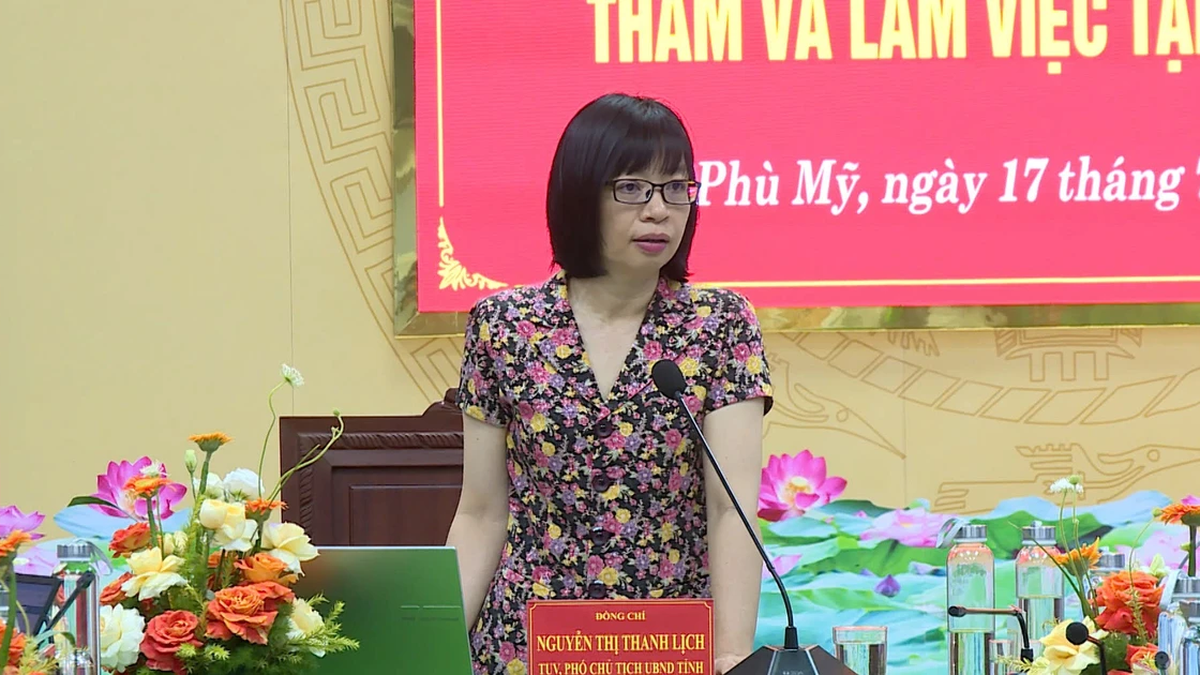
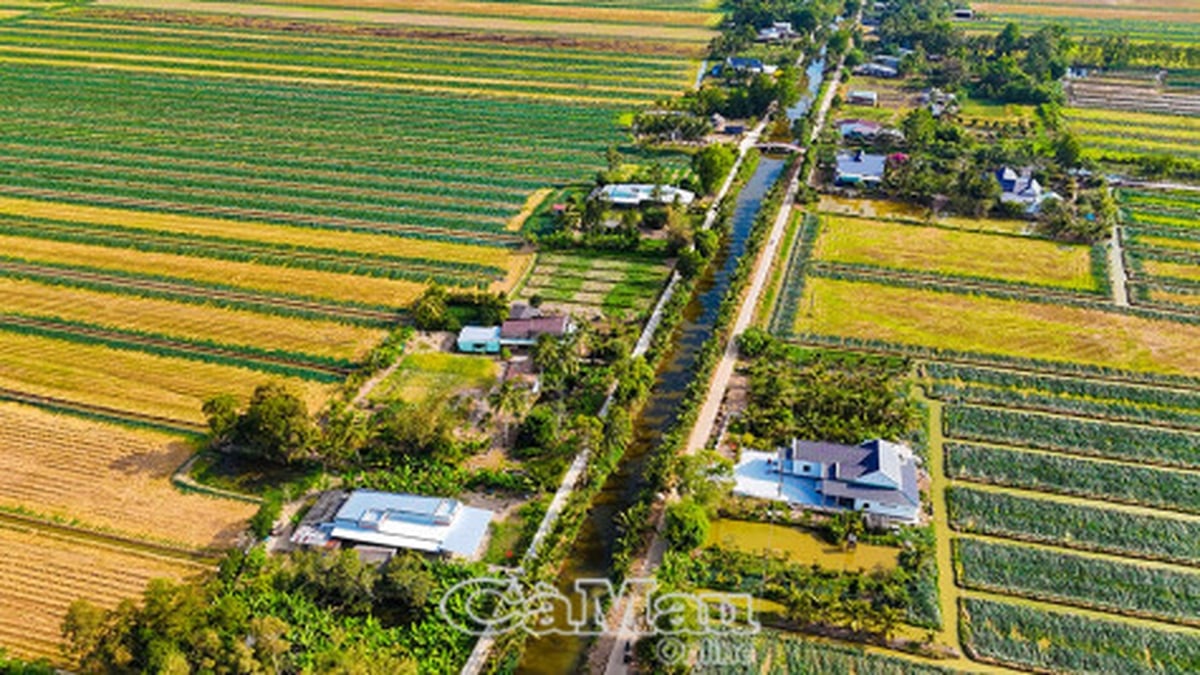


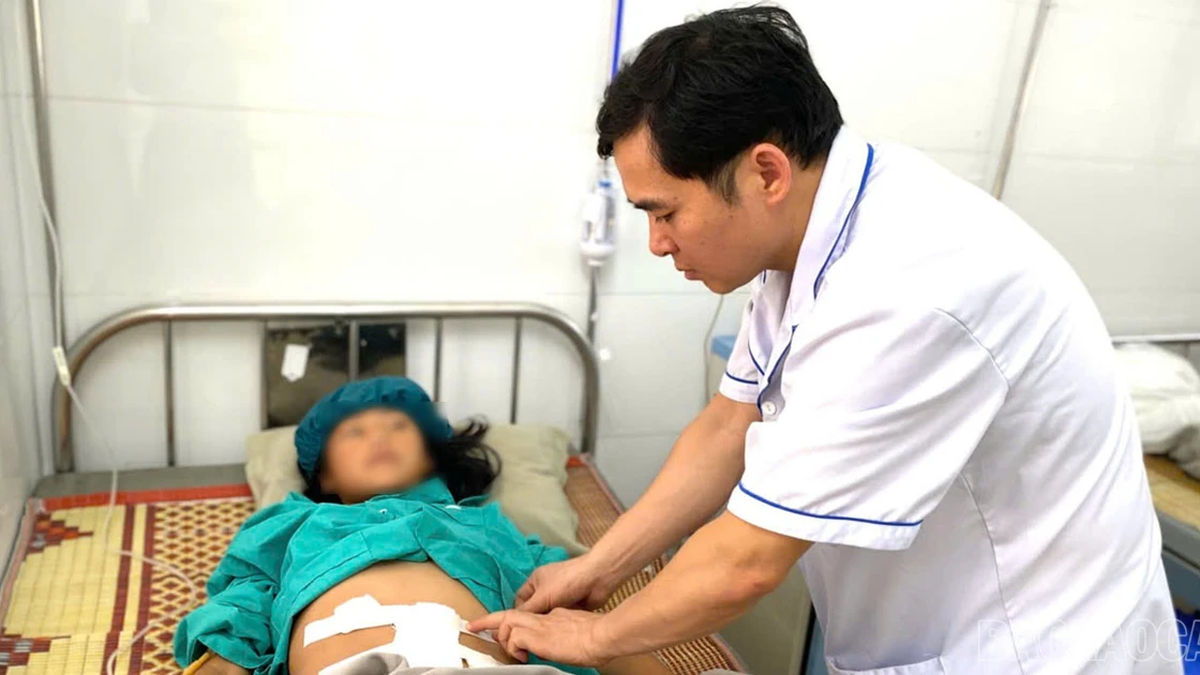









































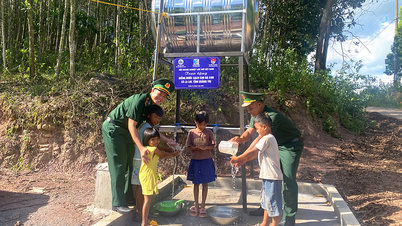


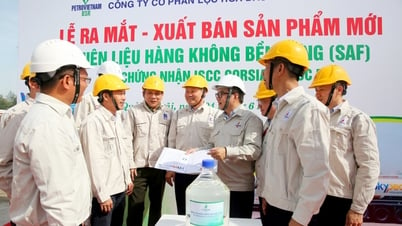

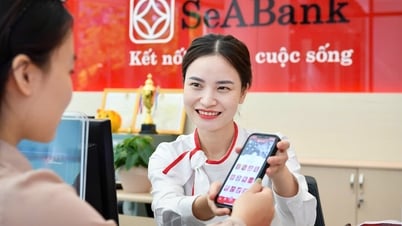



![[Maritime News] More than 80% of global container shipping capacity is in the hands of MSC and major shipping alliances](https://vphoto.vietnam.vn/thumb/402x226/vietnam/resource/IMAGE/2025/7/16/6b4d586c984b4cbf8c5680352b9eaeb0)



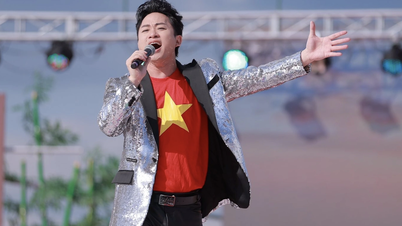


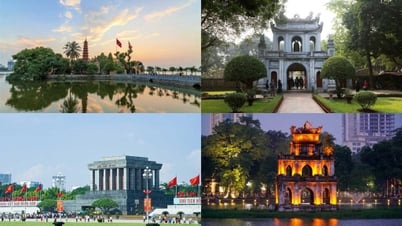
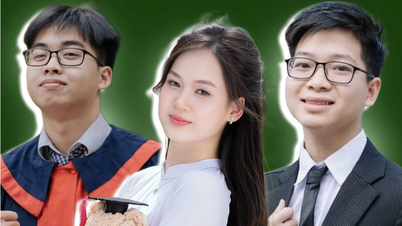
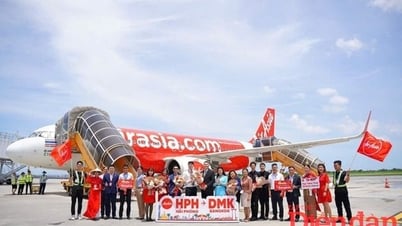

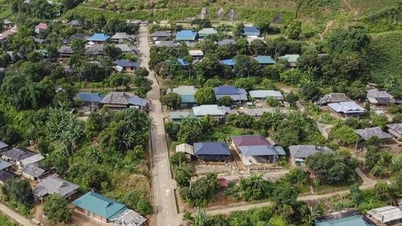
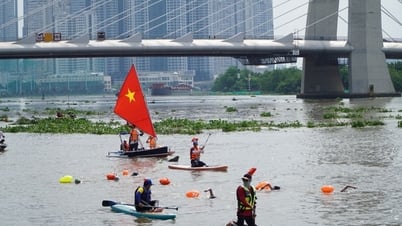
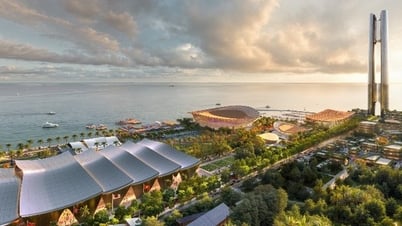

























Comment (0)